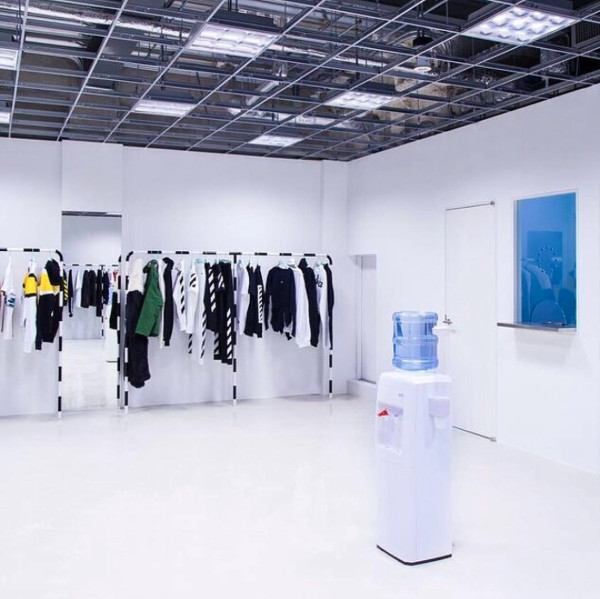Stitching a Sustainable Fashion Future on the Runway and Beyond
November 11, 2025
Ria Chawla
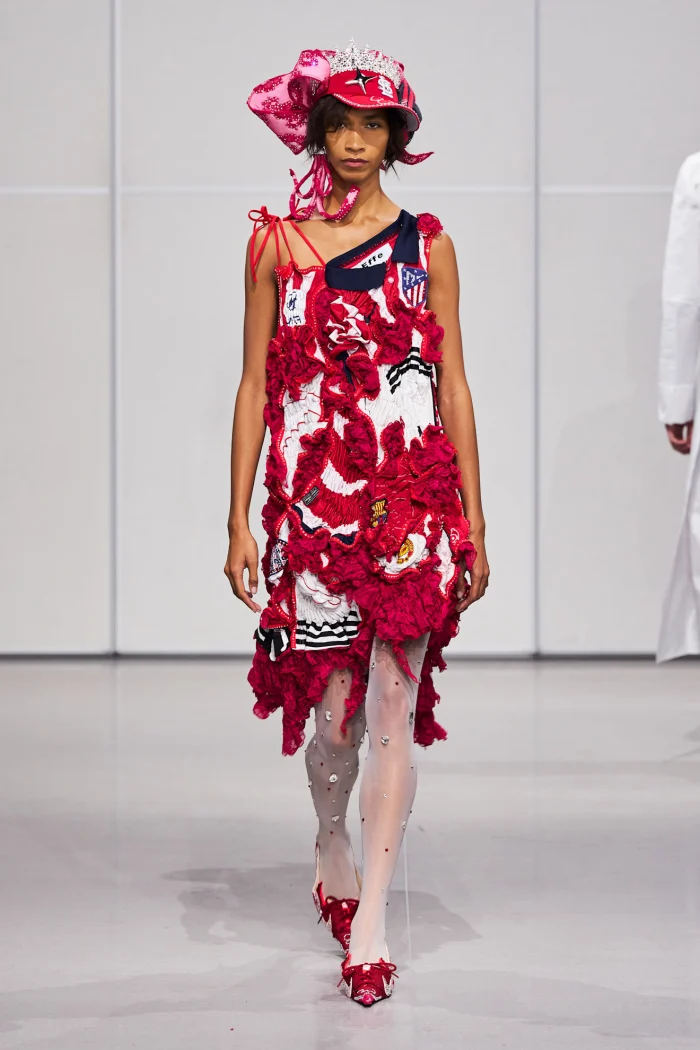

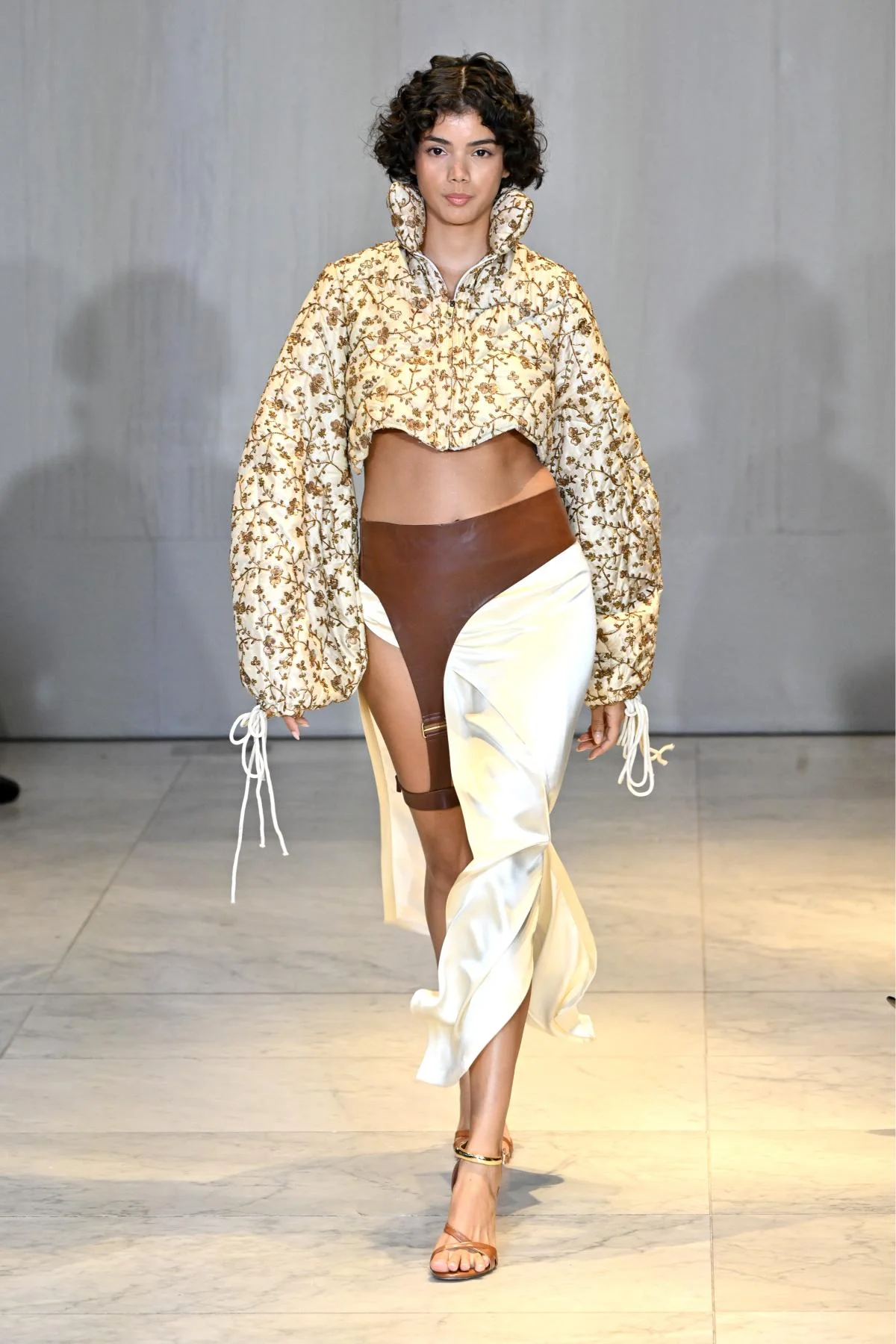
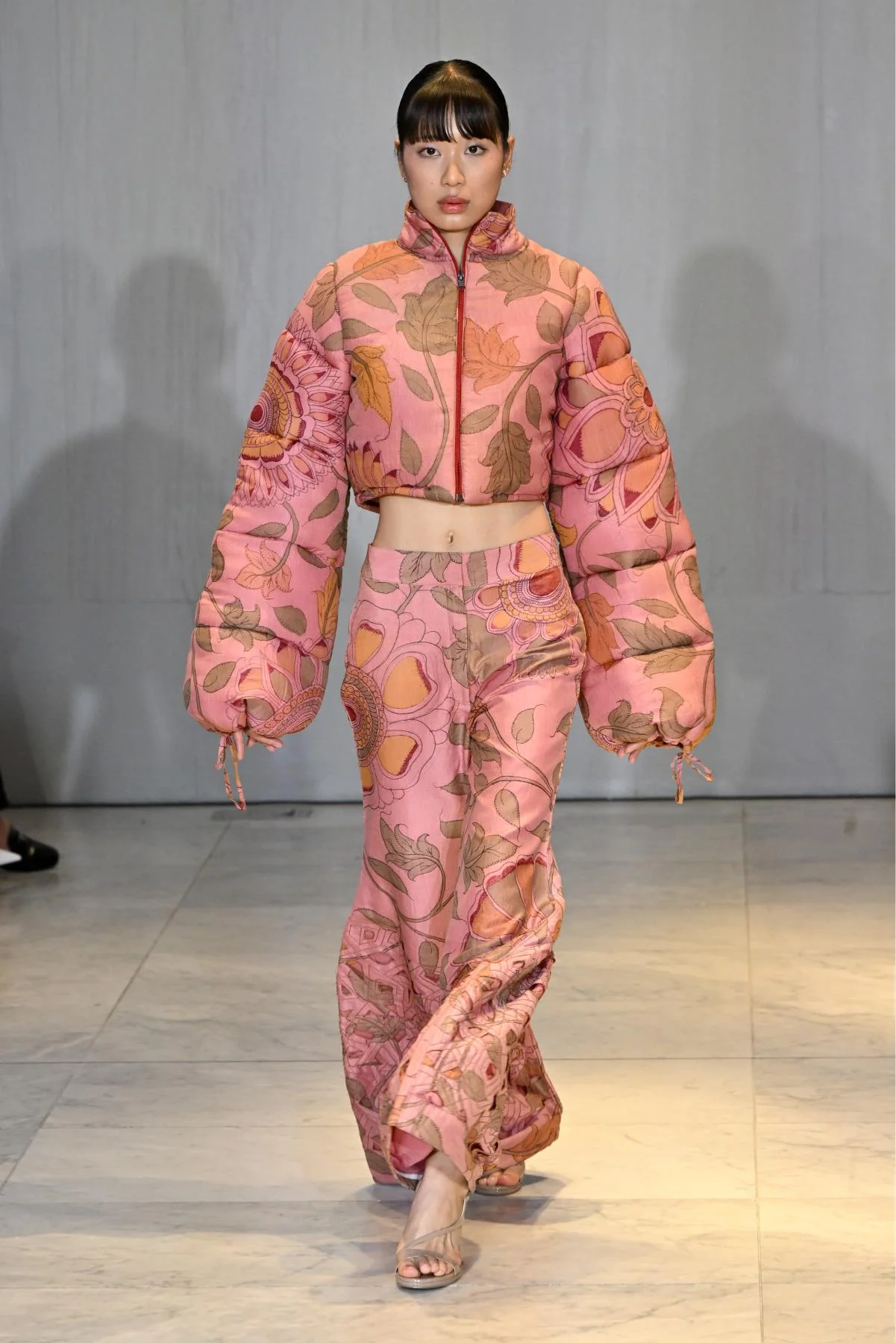


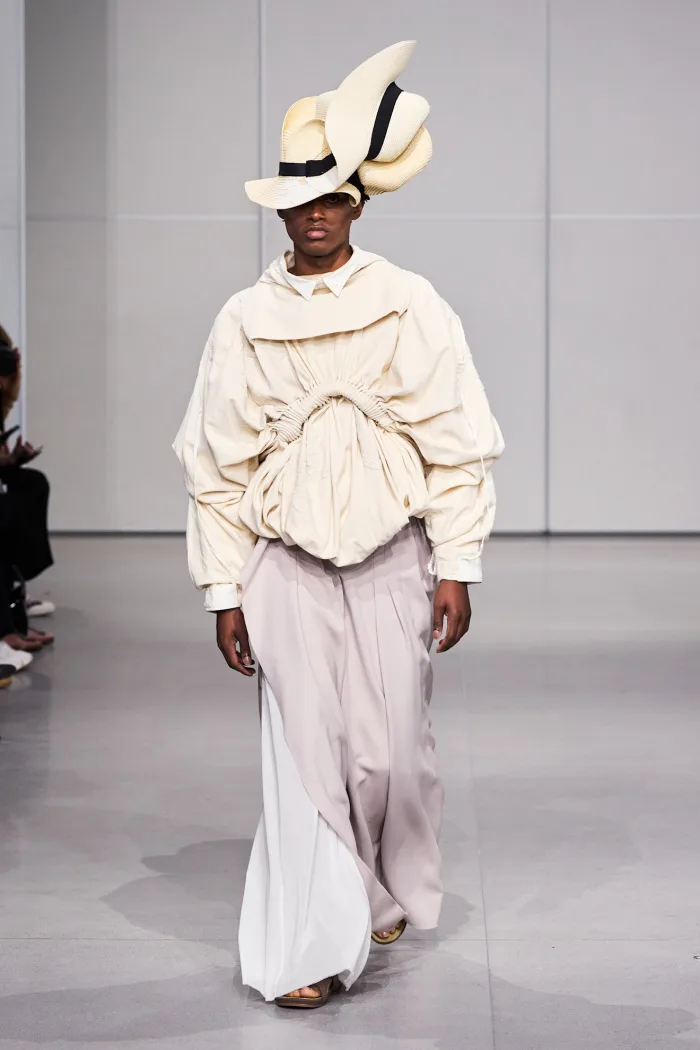



Amrutha Ramkumar, F.I.T MFA Fashion Design (Photo: Slaven Vlasic, Getty Images)
Amrutha Ramkumar, F.I.T MFA Fashion Design (Photo: Slaven Vlasic, Getty Images)
Jackie Wolf-Schmidt, F.I.T MFA Fashion Design (Photo: Slaven Vlasic, Getty Images)
Jackie Wolf-Schmidt, F.I.T MFA Fashion Design (Photo: Slaven Vlasic, Getty Image)
Kimberly Ortega, Parsons MFA Fashion Design (Photo: Launchmetrics Spotlight)
Kimberly Ortega, Parsons MFA Fashion Design (Photo: Launchmetrics Spotlight)
Effe Qi He, Parsons MFA Fashion Design (Photo: Launchmetrics Spotlight)
Effe Qi He, Parsons MFA Fashion Design (Photo: Launchmetrics Spotlight)
New York Fashion Week and Climate Week have come and gone, but these pivotal events remain key moments in the fashion calendar. This past September, NYFW set more than seasonal trends – it set the tone for fashion’s next chapter. Conversations ignited on the runway carried seamlessly into Climate Week programming, where responsible production, material innovation, and circular design became central themes across the city’s dialogue. Together, these moments left the fashion community buzzing with fresh perspectives on sustainability, with the runway serving as a laboratory for change and innovation.
Sustainability wasn’t simply an afterthought: it was woven into the narrative, fabrics, and practices of designers across the city. From emerging talent to established houses, designers challenged the status quo, innovating with deadstock, developing new eco-textiles, and transforming discarded materials into bold, new expressions of style.
This same spirit of reinvention came to life at the Fashion Institute of Technology (FIT) and Parsons School of design MFA presentations, where conscious craftsmanship took center stage. FIT’s “Act 5” showcased 18 emerging talents driven by bold storytelling and breaking the mold. Among them, Amrutha Ramkumar and Jackie Schmidt demonstrated how personal narrative, innovative technique, and material choice can challenge convention while advancing circularity.
Ramkumar fused Indian heritage with contemporary streetwear, transforming luxurious Indian sarees into bold, utilitarian silhouettes. Inspired by the richness of Indian culture and craft, this collection bridged tradition and modernity while honoring craftsmanship and material value.
Schmidt’s 100 percent upcycled collection, “Emergence,” drew on Chaos Theory, embracing the world’s perpetual state of transformation as both challenge and opportunity. The collection demonstrated the versatility of recycled materials through garments that ranged from avant-garde to wearable. Soda tabs and aluminum cans took on a new life when fashioned into imaginative textures and textiles, proving that creative intervention and intentional design can transform waste into treasure. Reflecting on her process, Schmidt said: “I was inspired by materials that are around everyone in their day to day lives, and instead of considering them as discarded items, I was inspired by what they could be, and how I could repurpose or transform those items into sequins or unique textiles. This collection was made with people’s discarded donations collected over the years and was created completely by hand, ranging from aluminum can sequins to hand woven soda tabs.”
Both designers embodied FIT’s experimental spirit, inspiring the audience to rethink what waste can become.
Parsons’ “Generation 14” featured 16 graduating designers united by rich cultural storytelling and technical resourcefulness. Upcycling emerged as a common thread, underscoring the next generation’s leadership in circularity and textile invention.
Ecuadorian designer Kimberly Ortega’s “The Art of the Unwanted” transformed second-hand and deadstock materials into sculptural, genderless silhouettes finished with beautifully handwoven Ecuadorian hats crafted alongside artisan Ilda Maria Sanchez. Ortega used the runway to reclaim the narrative behind the misnamed “Panama hat,” celebrating its authentic Ecuadorian roots. CFDA Scholar Effe Qi He delivered a jolt of exuberance with “31: Offside Identity,” an electrifying collection of upcycled thrifted sports jerseys technically transformed into inventive silhouettes echoing Jean Paul Gaultier’s iconic cone bra.
These students brought resource reimagination to the forefront, recharging conversations about the materials long relied upon by the fashion industry.
Such momentum wasn’t confined to the runway.
Outside the Official NYFW Schedule, independent designers brought sustainability into sharp focus. In House, founded by Rheanna Henney, added material innovation to the everyday wardrobe. The debut collection blended classic tailoring with responsible materials such as regeneratively farmed poplin cotton, buttons made from Tagua palm seeds, and biodegradable Bananatex® jersey from the Abacá banana plant – all crafted intentionally under a made-to-order model. Henny reflects:
“I am acutely aware of the challenges that come with building a brand, and how we have exacerbated an already (exceptionally) difficult endeavor through our sustainability standards, but it feels important to me,” Henney said. “In House doesn’t exist simply out of a desire to have a brand, but because there’s a meaningful gap in the market that deserves attention. In many ways, In House reflects fashion’s most traditional sentiment – we produce garments on a made-to-order basis, offer adjustments, and utilize materials grown with respect for the environment and the people/animals behind them. At the same time, we work to uplift innovative companies tackling fashion’s sustainability challenges, integrating their solutions in ways that are accessible, chic, and effortless for women to wear – a combination that remains uncommon.”
Each silhouette captured Henney’s “new and enduring” ethos, marrying tradition and innovation and proving that environmental responsibility begins long before a garment is worn.
Becca Flood’s presentation, meanwhile, echoed the ethos of “fashion as preservation, not excess.” Crafted from upcycled denim and surplus yarn, her work played with scale and texture, blending rural resilience and urban edge. Committed to local production and revitalizing handcraft, Flood’s collection framed progress as a deliberate choice to make things that endure, over chasing the ephemeral new – a quiet rebellion against disposability.
Across these collections, the designers set a standard for what responsibility could look like beyond marketing claims and seasonal slogans, recentering craft, transparency, and meaning in an industry still finding its balance between change and continuity. Their work made a compelling case for a return to true resourcefulness, and a future where less really is more.
The biggest takeaway? Fashion’s future is in the hands of those brave enough to challenge norms, dismantle old systems, and rebuild – one responsible silhouette at a time.
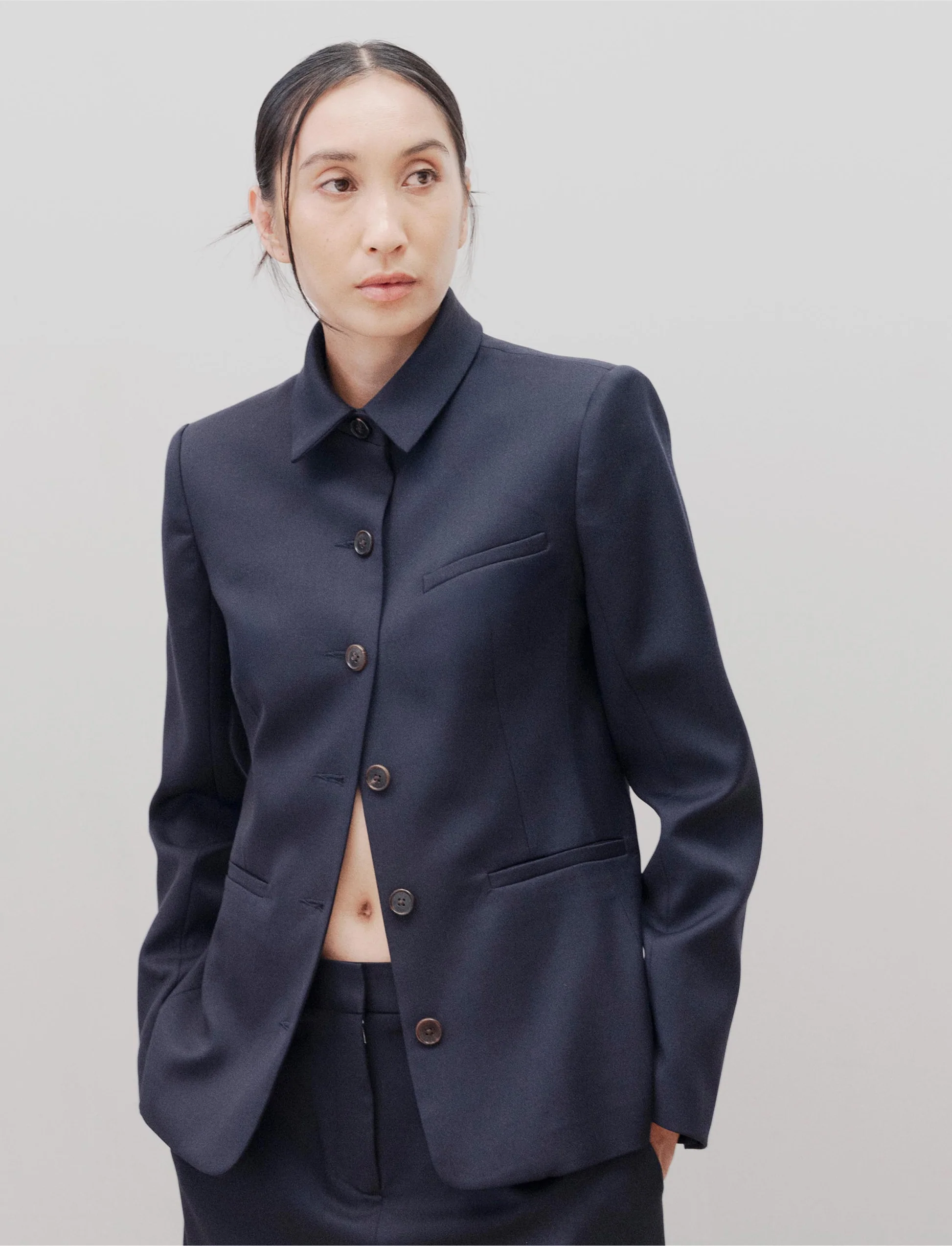
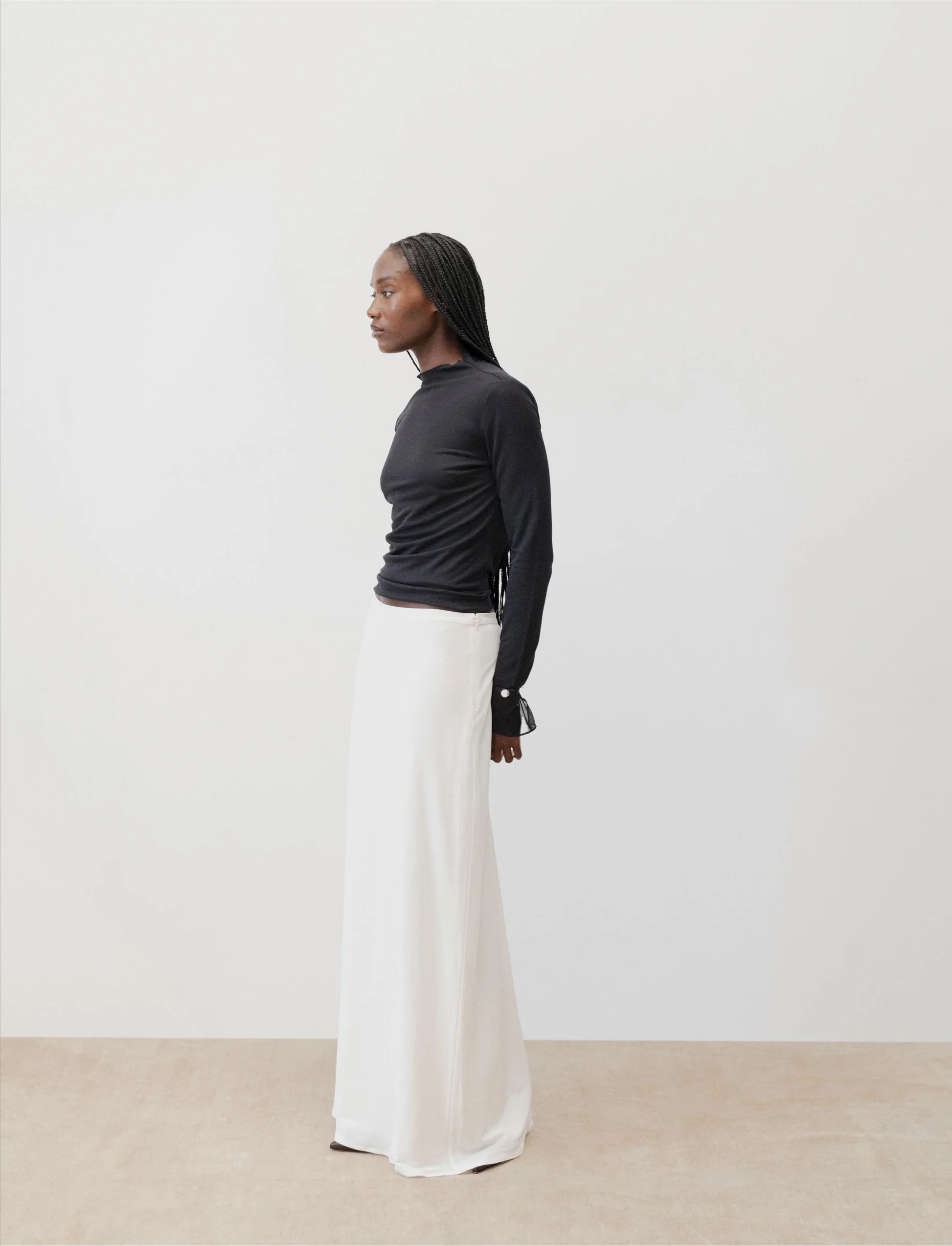
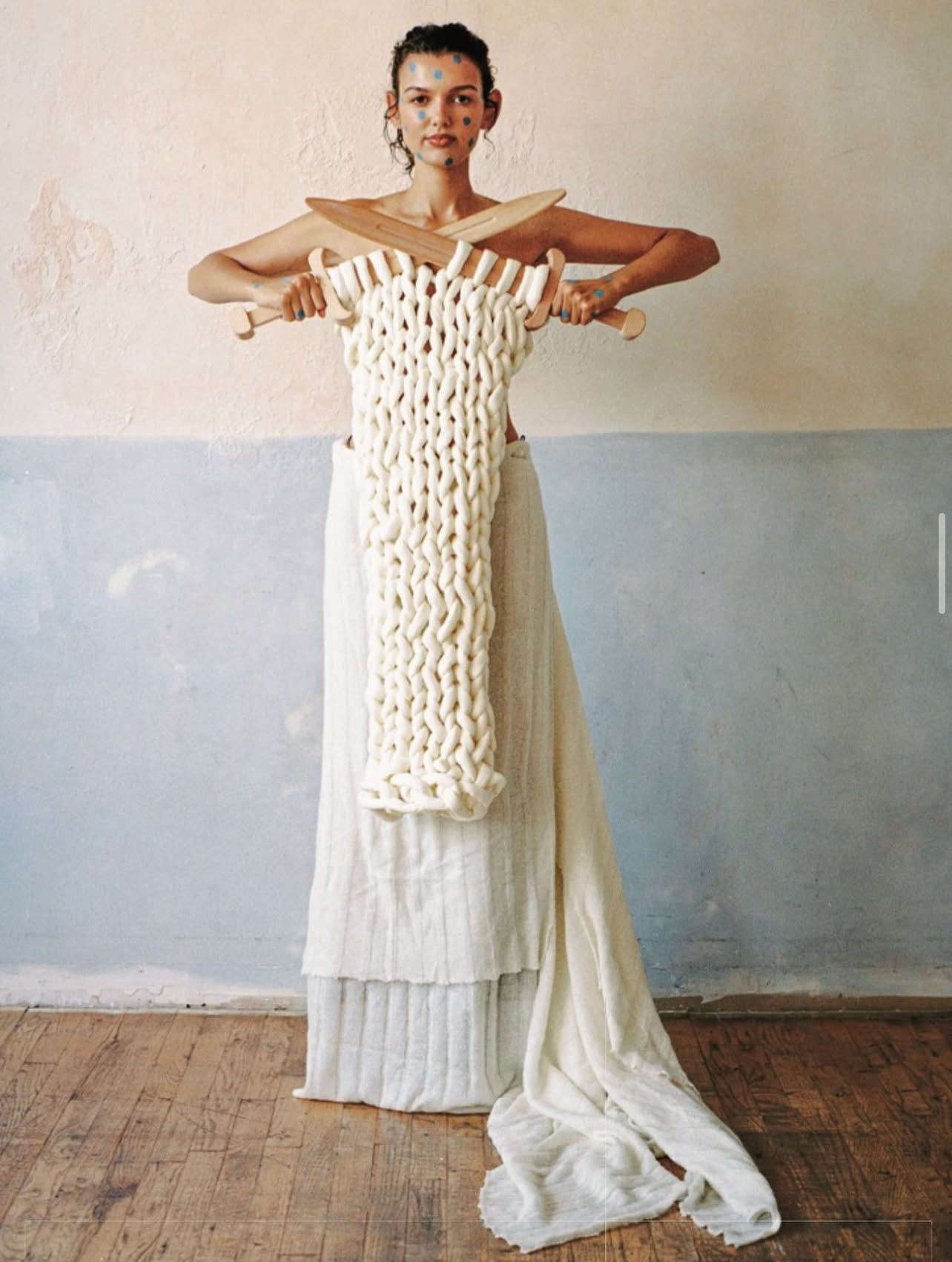

In House Studio (Photo: Andrew J.S.)
In House Studio (Photo: Andrew J.S.)
Becca Flood (Photo: Ife Bolarin)
Becca Flood (Photo: Ife Bolarin)
